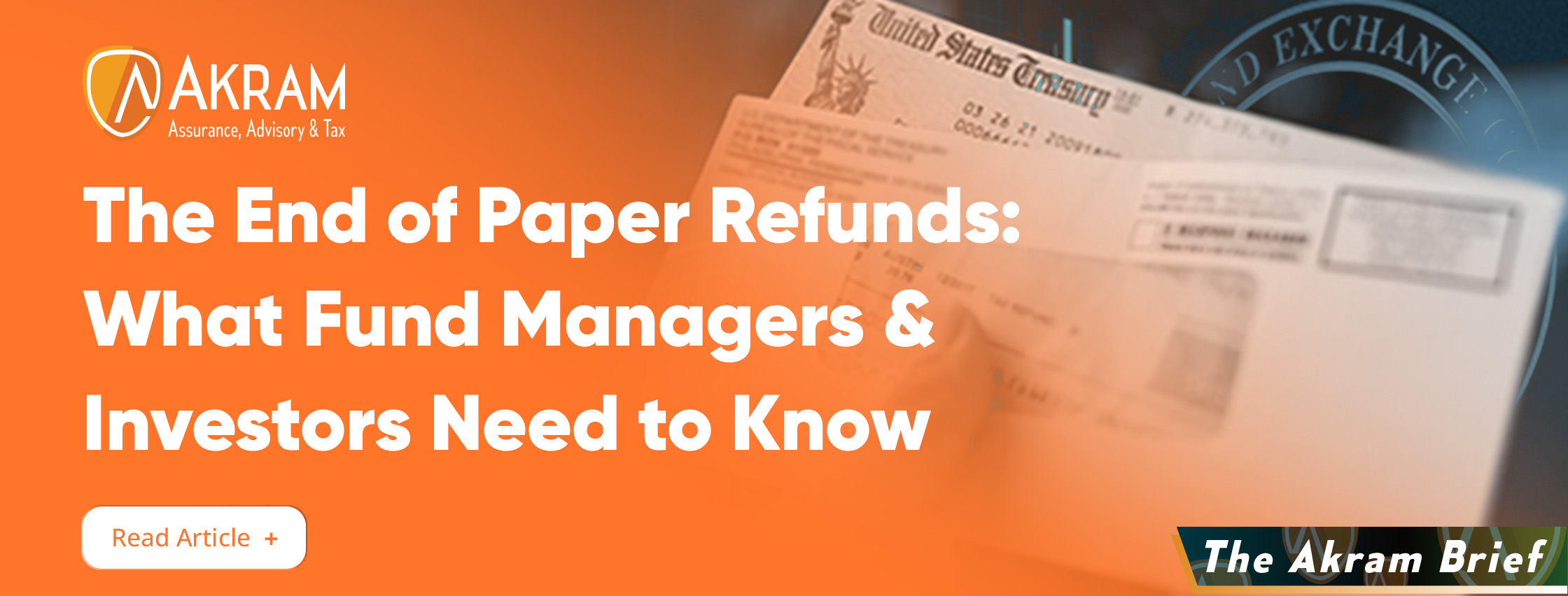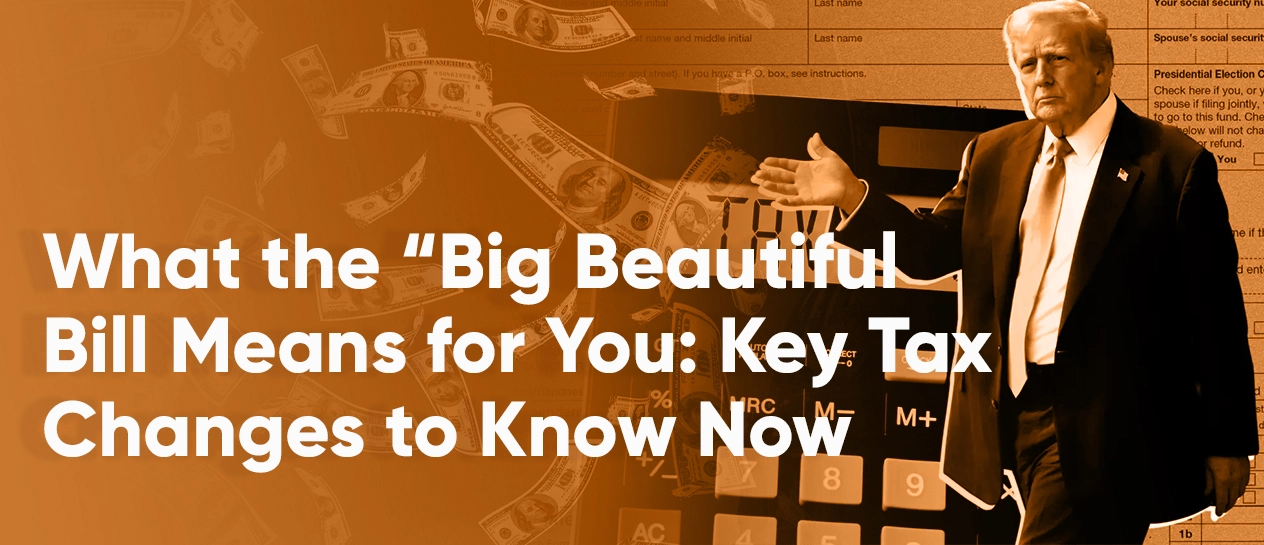Fund managers should be aware of a number of changes in reporting requirements for the tax year 2020. Funds are required to report each partner’s capital account using a tax basis capital method in accordance with 2020 Partner’s instructions for Schedule K-1(Form 1065) and Notice 2020-43.
Tax-Basis Capital Reporting
Funds had no choice to convert from the GAAP basis to the tax basis method of reporting in accordance with IRS instructions for Form 1065 for 2020.
Partner’s beginning capital balance per 2020 schedule k-1 will not match the ending capital balance per 2019 schedule k-1.
In order to determine each partner’s beginning capital account balance as of January 1, 2020, the Fund should use the modified previously taxed capital method as outlined in the 2020 instructions for form 1065. In determining each partner net liquidity value, the partnership may use the GAAP basis of the assets to calculate each partner’s entitlement if the partnership were to liquidate.
Tax Preparation and Reporting Best Practices
Following best practices are mentioned below for tax preparation and reporting:
- Assess whether Hedge Funds have current W-9s and W-8s for the investors.
- 1099s need to be reconciled with the fund’s records. Brokers may record transactions differently from the way the fund has recorded them. It’s a good idea to have your tax professional review and resolve these differences early in the tax preparation process.
- Keep in mind January 2021 transactions can impact 2020 wash sales. The Wash Sale rule is triggered if “substantially identical” securities are purchased within 30 days prior to or 30 days after the sale of another security at a loss.
- You may be familiar with the “constructive sale,” which adds unrealized gains into your taxable
income. It occurs when a taxpayer is holding at year-end (December 31, 2020) appreciated
property (e.g., stock), while also holding a short position with respect to the same or
“substantially identical” property. During January and February of 2021, the following
circumstances can help you avoid the constructive sale rule.
- Offsetting position is closed within 30 days after the end of the year,
- Appreciated financial position is held throughout the 60-day period beginning on the date such transaction is closed, and
- During that 60-day period the taxpayer does not enter into certain transactions that would diminish the risk of loss during that time on such position.
Calculate Qualified Business Income (QBI) on Partner’s Schedule K-1
A new worksheet for the individual taxpayer, Form 8995, must now be used to calculate QBI reporting on Schedule K-1. Form 8995’s instructions includes a flowchart for calculating restrictions and limitations on each business that creates QBI. Each business must stand separately and will require its own Form 8995.
U.S. Withholdings on partnership interest transfers with ECI
When a non-U.S. person engages in a trade or business in the U.S., income from sources within the U.S. connected with the conduct of that trade or business is generally considered to be Effectively Connected Income (ECI). Proposed regulations under IRC Section 1446(f) provide guidance about reporting ECI and the 10% withholding. IRS filing requirements related to this new withholding include Form 8288. The proposed regulations contain some stringent rules that can adversely impact foreign investors.
Please don’t hesitate to contact Akram to learn more about these exceptions and how they may impact your tax liability.



